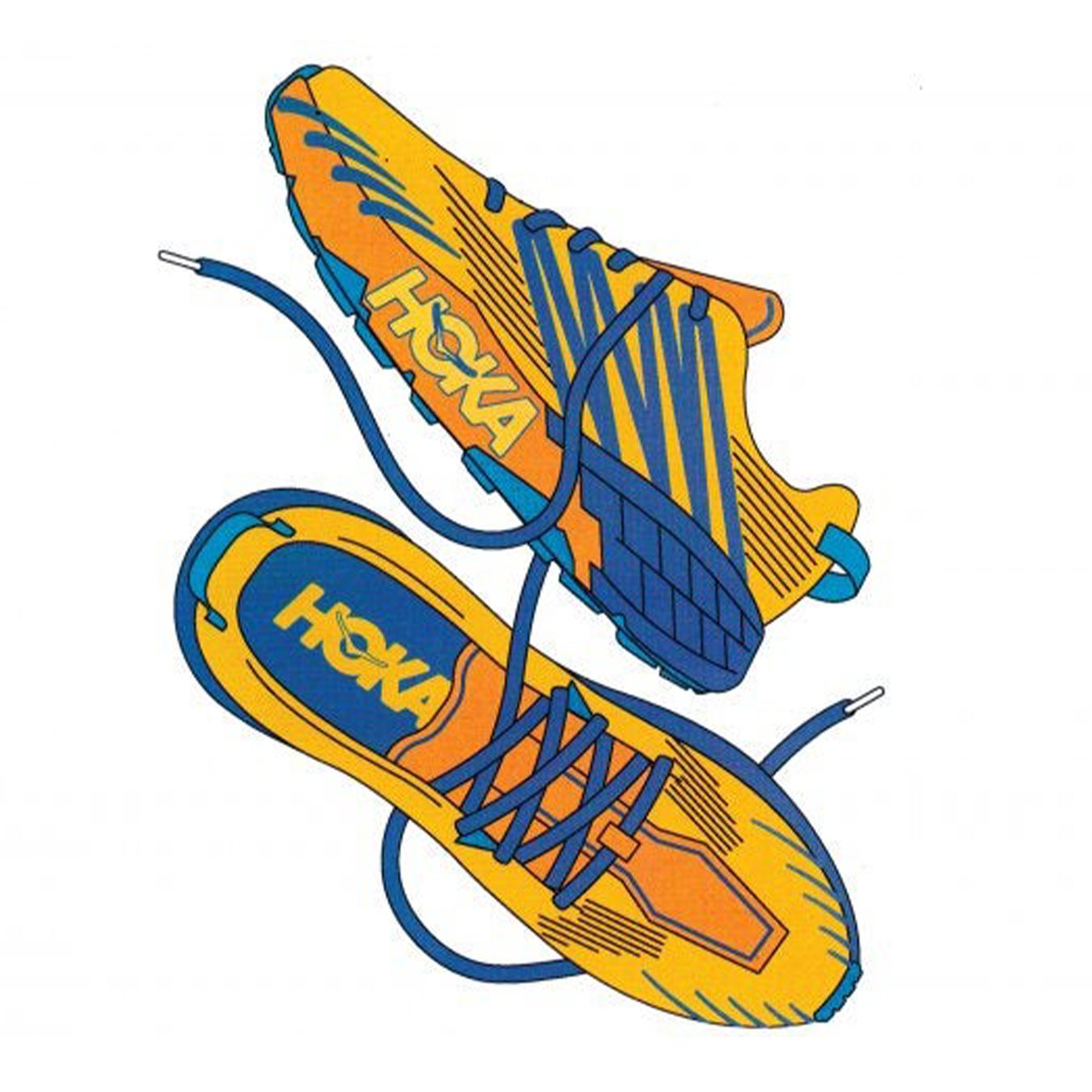Get a Bike with Some Squish
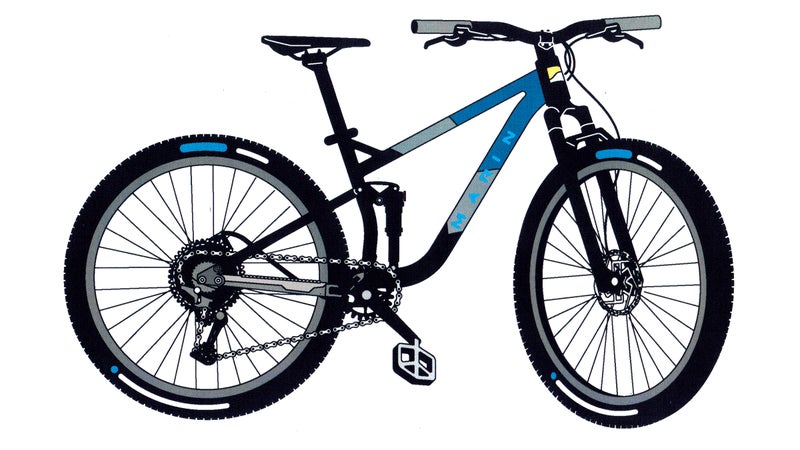
When it comes to buying your first mountain bike, the long-prevailing wisdom has been to get a hardtail. Proponents of this will tell you that riding a bike without rear suspension forces you to develop better skills.
Don’t fall for it. Yes, back in the day, people rode the local rock pile on fully rigid bikes with their saddles wedged into their bellies. They picked lines very carefully and developed solid fundamentals—if they stuck with the sport. The operative word being if. Because when bikes were less squishy, mountain biking was harder. And less fun.
For most riders—especially new ones—suspension improves the experience. It soaks up bumps, giving you more confidence on descents. It makes the ride more forgiving, so you can go longer before you start to fatigue. It even improves traction, helping you conquer tricky climbs. The price premium for those wonderful feelings has fallen in recent years, with great full-suspension bikes now available for less than $2,000. We like the ($1,679). A RockShox Recon 130-millimeter air fork, 29er wheels, 125 millimeters of rear travel, and a SRAM 1x drivetrain combine for a trail bike you’ll shred happily for seasons to come.
Life can be hard. Learning to mountain bike can be, too. But unlike in life, your ratio of fun-having to character-building is up to you when you ride. Maximize it. —Gloria Liu
Expert tips:
- Look for a bike with tubeless-ready wheels. Even if you don’t set them up that way immediately, you’ll want to go tubeless at some point, to run lower tire pressure for better traction and to minimize flats.
- A must-have on a first mountain bike is an air fork. It provides smoother, suppler suspension than the coil-sprung forks typically found on entry-level bikes, which means better handling and less upper-body fatigue.
The Best Snowshoes Are Not Snowshoes
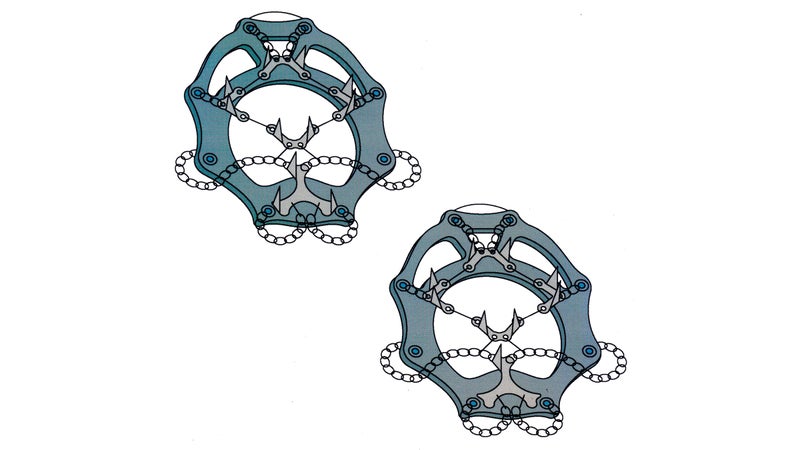
Snowshoes are handy when the powder is deep. But if you’re hiking on packed trails, they’re clunky and unnecessary. That’s when you want a set of spikes, like the ($50). They’re the toughest out there, give you plenty of traction, and stash easily in your pack. —Maren Larsen
Your First SUP Should Be Inflatable
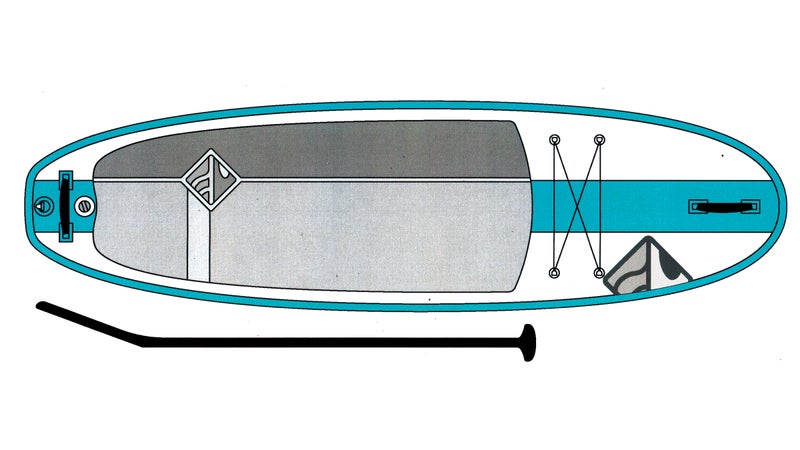
Paddleboarding offers more adventure opportunities than you might imagine. Perhaps you’ve tried it cruising in a harbor or splashing around a lake, but you can also paddle in the surf, on whitewater rivers, in alpine lakes, and on the open ocean.
If you’re curious about any of these options, you can’t go wrong with an inflatable SUP. They’re easy to transport, store, and lift, since they’re lightweight and usually include their own bag, which is about the size of a large suitcase. They’re also very difficult to puncture. The only downside is that you have to inflate them before paddling. But thanks to efficient pumps, you’ll be on the water in ten minutes or so—and the process is a good warm-up.
We recommend something at least 9’6″ long and 32 inches wide. Those dimensions will make the board stable enough for most adults even on choppy water, and easy enough to carry for smaller folks. ($499) from Boardworks is durable and reliable compared with other offerings at that price.
An inflatable is a useful quiver element for veteran paddlers, too. It’s great for bringing to tropical locations and on overnight camping trips, and for teaching others to paddle. —Will Taylor
Expert tips:
- Most ÂSUPers have the blade of the paddle turned the wrong way when they’re starting out. Think about it like this: the angle of the blade should point in the direction you want to go.
- A standard leash can be a drowning hazard if it snags on something in a fast-moving river. In those conditions, use a quick-release design like the Badfish Coiled Re’leash ($69), so you can untether safely in an emergency.
The Way to Perfect BBQ Is a Pellet Grill
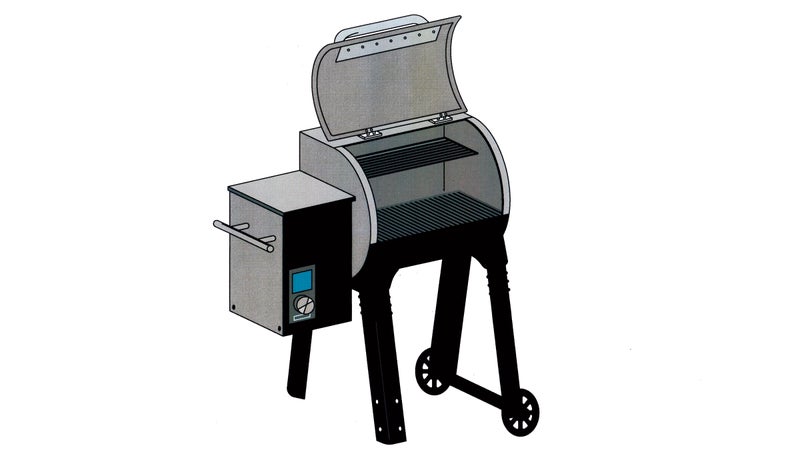
Smoking transfers the flavor of wood into your food and keeps moisture in your meat. Pellet grills, which offer digital control of temperature and other variables, turn the art of cooking with smoke into a science, practically guaranteeing mouthwatering results regardless of experience level. High-end models are expensive, starting around $800, which tends to rule them out as a beginner purchase. The new ($500) is an affordable pellet grill that offers all the features you need—570 square inches of grilling space, smoke adjustment, a meat probe, and an internal temperature readout. Dial in the heat from 160 to 500 degrees and quickly nail everything from slow-cooked smoked salmon to a quick weeknight burger. It will meet all your grilling needs and is easy to clean. In short, it will convince your friends that you’re an excellent chef, without the years of experience necessary to master other barbecues. —Wes Siler
Expert tip: Proper seasoning can take your grilling from so-so to stellar. Rub steaks liberally with salt and freshly ground pepper up to 24 hours before grilling so the salt can penetrate the entire cut of meat.
Lose the Rope
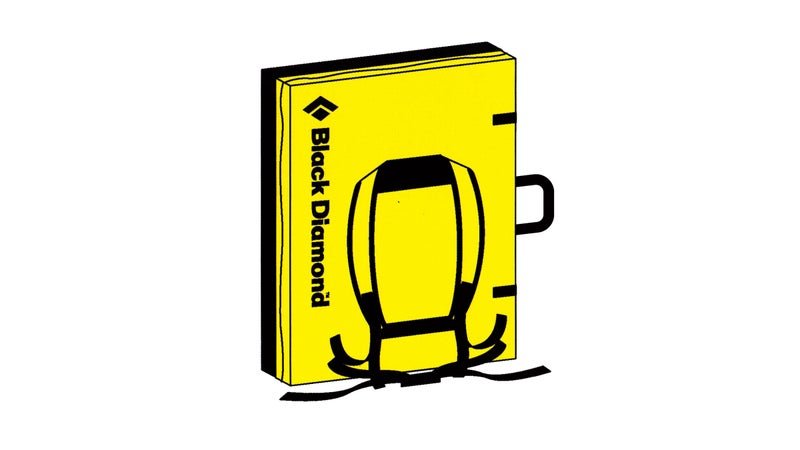
The simple crash pad offers the easiest and most accessible way to climb outside. Primarily used for bouldering (climbing low to the ground without ropes or harnesses), the pads cushion your fall and quickly build stoke for exploring other climbing disciplines. We like the stout ($150). —Jeremy Rellosa
Expert tip:Â A crash pad can also serve as your pack. Stuff your climbing shoes, water bottle, and snacks between the two halves for the approach.
Trail Runners Are Better than Hiking Boots
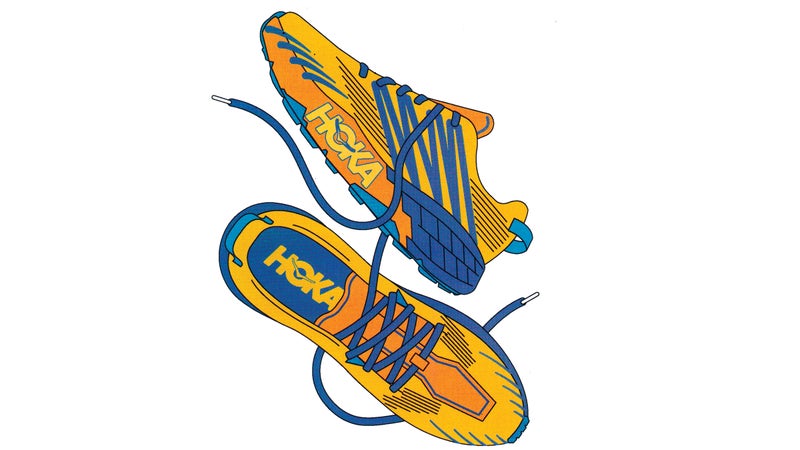
For most people on most paths, trail-running shoes are a better alternative to traditional hiking boots. They’re lighter, so your legs won’t get fatigued as quickly, especially on multi-day trips. Max-cushion models like the ($145) are popular with through-hikers. They also offer better ground sensitivity and comparable traction, so you can navigate technical terrain more nimbly. —Ariella Gintzler
Expert tip: When it comes to tread, bigger isn’t always better. Knobby lugs (5–7 millimeters) are good for scrabbly conditions, but on dry, packed dirt, minimal outsoles (with lugs of 2–4 milliÂmeters) yield a smoother stride.
Go Big on Sleep
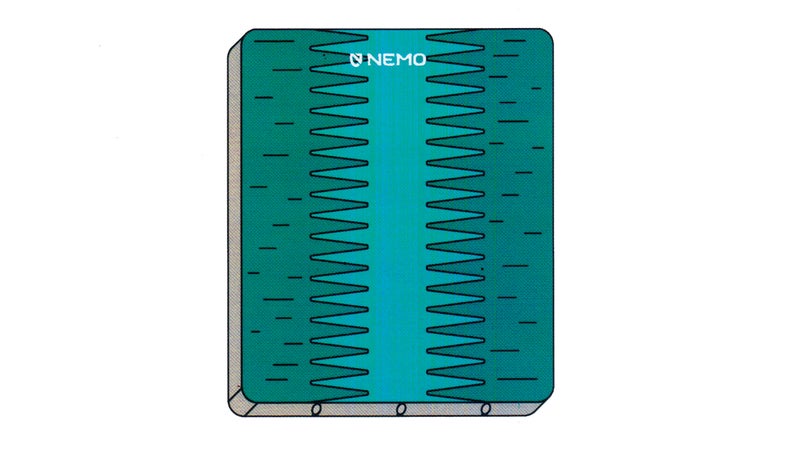
For the cost of upgrading from a fleabag motel to five-star accommodations, you can buy a decade of amazing outdoor sleep wherever you roam. A plush pad for car camping ensures you’ll stay out more—and, if you get a double, that your partner will want to also. We love the (from $250). It’s as comfortable as the memory foam in your bedroom. —Joe Jackson


